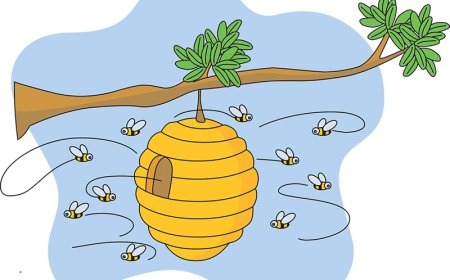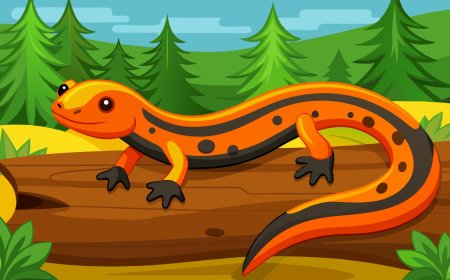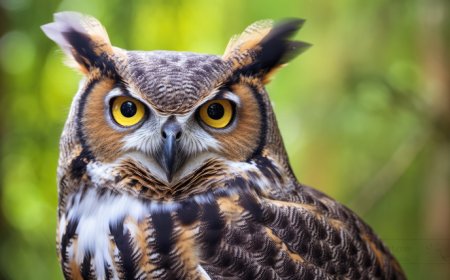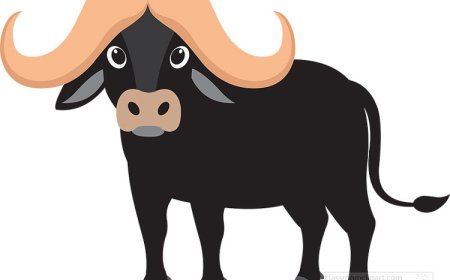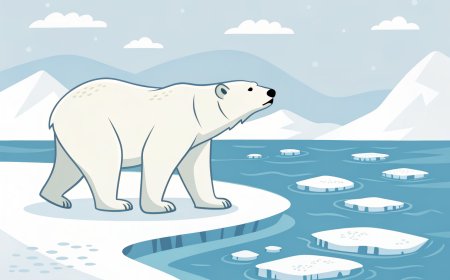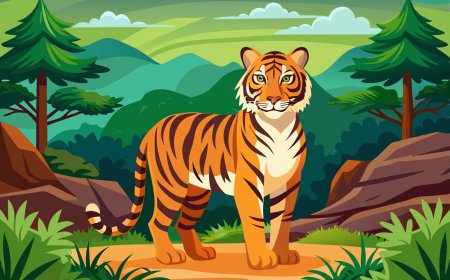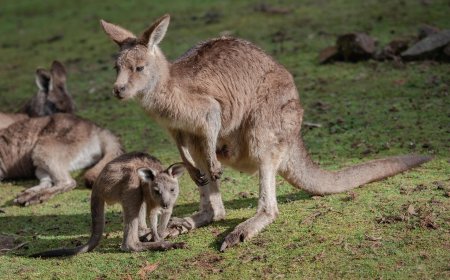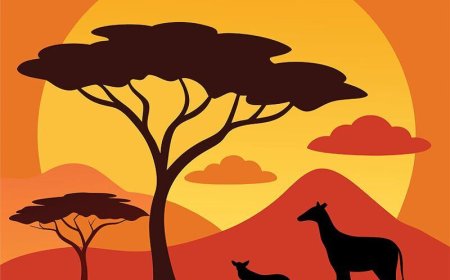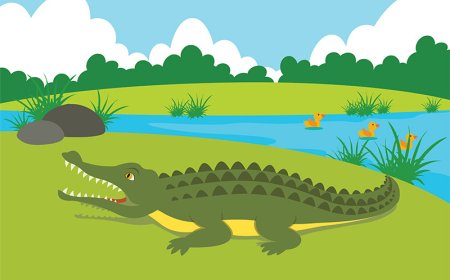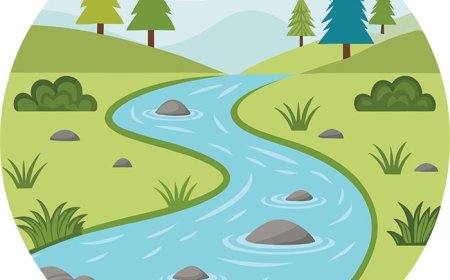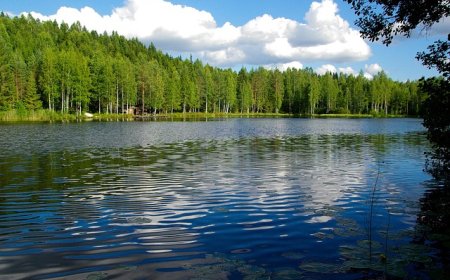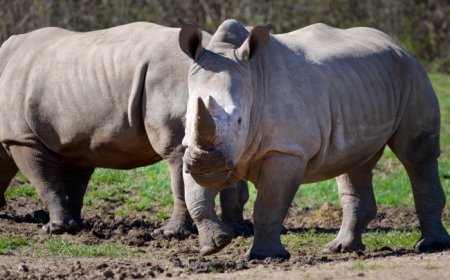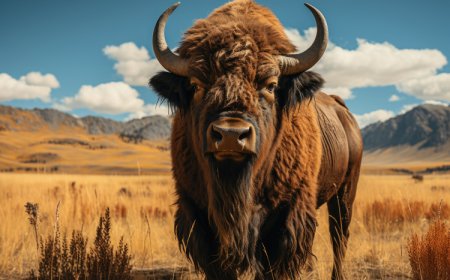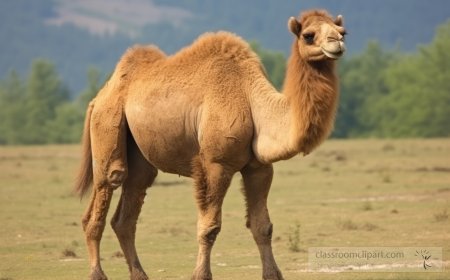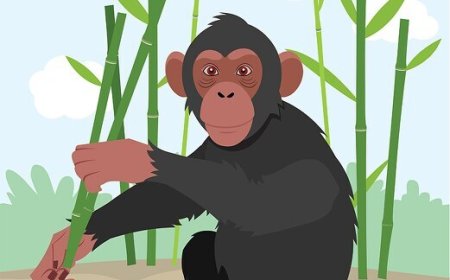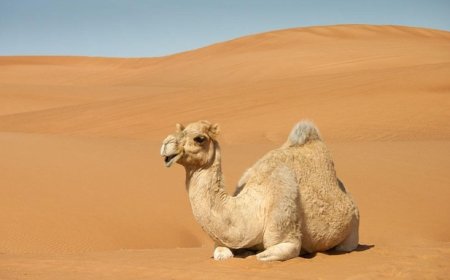Wolf Facts for Students: Life, Behavior, and Conservation of the Gray Wolf
Explore the world of wolves! Learn about their physical traits, pack life, hunting habits, and conservation status in this detailed, kid-friendly article complete with vocabulary, summary, and quiz.
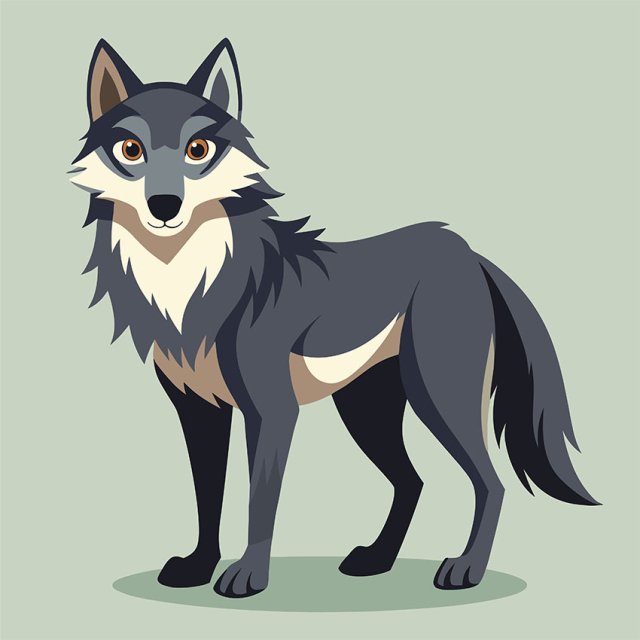
🐺 Wolf (Canis lupus)
Scientific Name: Canis lupus
Distinctive Feature: Highly social carnivore known for living and hunting in packs, with remarkable communication and cooperative behavior
SEO Metadata
Title: Wolf Facts for Students: Life, Behavior, and Conservation of the Gray Wolf
Meta Description: Explore the world of wolves! Learn about their physical traits, pack life, hunting habits, and conservation status in this detailed, kid-friendly article complete with vocabulary, summary, and quiz.
Keywords: wolf facts, gray wolf, Canis lupus, wolf habitat, pack behavior, wolf diet, wolf conservation, wolf vocabulary, wolf quiz, wildlife for kids
Introduction
Wolves (Canis lupus) are one of the most fascinating and adaptable predators on Earth, roaming forest, tundra, grassland, and desert across North America, Europe, and Asia. As the largest members of the dog family (Canidae), they are famous for hunting in tightly knit social groups called packs, using coordinated strategies to chase down prey far larger than themselves. Despite their fearsome reputation, wolves play a crucial ecological role by keeping herbivore populations in balance, which in turn helps maintain healthy forests and grasslands.
Physical Description
Adult gray wolves typically weigh between 50 and 110 pounds (23–50 kg), with males usually larger than females. Their bodies are long and muscular, built for stamina rather than short bursts of speed. A wolf’s thick coat varies in color from white, gray, and brown to nearly black, depending on subspecies and region, providing camouflage in snow or forest undergrowth. Their bushy tails, pointed ears, and sharp, forward-facing eyes give them an alert, expressive appearance. Wolves have powerful jaws lined with 42 teeth designed to grip, tear, and crush bones. Their large paws are padded for silent movement and equipped with dewclaws—extra “thumb” claws that help them gain traction on slippery surfaces.
Habitat and Distribution
Historically, wolves ranged across most of North America, the European continent, and Asia. Human persecution and habitat loss reduced their range dramatically by the early 20th century, confining many populations to remote wilderness. Today, thanks to conservation efforts, wolves have recolonized parts of the northern United States and Europe. Subspecies include the Arctic wolf in the far north, the Mexican wolf in the southwestern U.S. and Mexico, and the Ethiopian wolf on African highlands. Wolves thrive in diverse environments—boreal forests, tundra, mountainous regions, and even semi-arid plains—as long as there is enough prey and minimal human disturbance.
Diet and Hunting Behavior
Wolves are obligate carnivores, meaning they depend almost entirely on meat. Their favorite prey includes deer, elk, moose, bison, and smaller mammals like beavers or hares. A wolf pack typically hunts larger ungulates by working together: some members will chase the herd toward ambush positions, while others flank or drive the prey into a bottleneck. Wolves can pursue prey for miles, wearing it down with relentless endurance. Once the quarry is down, pack members share in the feast, starting with calorie-rich organs. On lean days, wolves may scavenge carcasses left by other predators or pick off small mammals. Adult wolves require roughly 3–5 pounds (1.5–2.5 kg) of meat per day, though a successful large-game hunt can feed a pack for several days.
Reproduction and Lifecycle
Wolf packs typically consist of an alpha pair (the dominant male and female), their offspring, and occasionally other adult wolves. Breeding is usually limited to the alpha pair. Mating season occurs in late winter; after a gestation period of about 63 days, the alpha female gives birth to a litter of 4–6 pups in a den. Pups are born blind and toothless, weighing about one pound each. The entire pack helps raise them: adults regurgitate food for weaning pups, guard the den, and teach youngsters to hunt and interact. By three months of age, pups are ready for short exploratory trips outside the den. They reach adult size by around ten months but may stay with the pack for several years before dispersing to find mates and establish their own territory. Wolves in the wild can live up to 6–8 years, though some survive over a decade.
Behavior and Social Structure
The wolf pack is a well-organized, cooperative unit led by the alpha pair. Pack members communicate through howls, barks, growls, and body language—tail positions, ear orientation, and facial expressions—to coordinate hunts, reinforce social bonds, and mark territory. Howling can rally dispersed pack members, warn rival packs, or even intimidate prey. Within the pack, a hierarchy ensures order: alphas lead hunts and breeding, betas (second in command) help maintain discipline, and omegas occupy the lowest rank, often serving as playmates for pups or de-escalators during tensions. Cooperation extends beyond hunting: wolves share warmth by huddling in dens, assist injured packmates, and collectively defend territory boundaries from intruders.
Conservation Status
Wolves face ongoing challenges from habitat fragmentation, human–wildlife conflict, and illegal poaching. While some populations—such as the Yellowstone gray wolves—have rebounded under legal protection, others like the Mexican wolf and Ethiopian wolf remain critically endangered, numbering in the low hundreds. Livestock depredation leads some ranchers to trap or shoot wolves, and vehicle collisions take additional tolls. Conservation programs focus on public education, compensation for livestock losses, restoring migration corridors, and reintroduction into suitable habitats. International treaties like CITES regulate trade in wolf parts, while national laws afford them varying degrees of protection. Continued coexistence hinges on balancing human interests with wolves’ ecological importance.
Cultural Significance
Wolves hold a powerful place in human folklore and symbolism. In many Indigenous cultures of North America, wolves are revered as teachers, pathfinders, or spirit guides. In European mythology, they appear as both feared predators and symbols of wilderness, as in the Roman legend of Romulus and Remus. Literary and cinematic works—from Jack London’s White Fang to the Wolves series—explore themes of freedom, loyalty, and survival through wolf characters. Modern wolf howls on nature documentaries inspire awe, while wolf-watching tourism supports conservation funding. Despite centuries of conflict, many people today celebrate the wolf as an emblem of wildness worth preserving.
📘 Vocabulary List
- Carnivore – An animal that eats mostly meat.
- Pack – A family group of wolves that live and hunt together.
- Alpha – The dominant male or female leader of a wolf pack.
- Territory – The area a pack defends against other wolves.
- Gestation – The period a baby grows inside its mother before birth.
- Den – A sheltered place where a wolf family raises its pups.
- Disperse – When young wolves leave their birth pack to start new ones.
- Obligate – Required; an obligate carnivore must eat meat to survive.
- Ecology – The study of how organisms interact with each other and their environment.
- Conservation – Protecting species and habitats to ensure their survival.
🧒 Kid-Friendly Summary
Wolves are the largest wild members of the dog family and live in groups called packs. Each pack has leaders called alphas who guide hunts and keep order. Wolves hunt deer, elk, and smaller animals by working together, chasing their prey in a team effort. Baby wolves, called pups, are born in a den and cared for by the entire pack. Wolves communicate with howls, barks, and body language to stay in touch across forests and snowy plains. Once endangered in many places, wolves are making comebacks thanks to laws that protect them and efforts to help them live peacefully alongside people.
🧩 Interactive 8-Question Wolf Quiz
-
1. Which term describes a wolf’s meat-eating diet?
- a) Herbivore
- b) Omnivore
- c) Carnivore
- d) Detritivore
-
2. What is the main purpose of a wolf pack?
- a) To collect food for bears
- b) To hunt, raise pups, and defend territory
- c) To travel long distances alone
- d) To swim across oceans
-
3. Who leads a wolf pack?
- a) Omega wolves
- b) Alpha male and female
- c) Lone wolves
- d) Beta pups
-
4. How do wolves communicate over long distances?
- a) By flapping their ears
- b) Through howling
- c) By changing coat color
- d) By jumping in unison
-
5. At what age do wolf pups usually begin exploring outside the den?
- a) One week
- b) Three months
- c) One year
- d) Three years
-
6. Which of these is NOT a threat to wild wolves?
- a) Habitat loss
- b) Illegal poaching
- c) Excessive hunting by bears
- d) Human–wildlife conflict
-
7. What term describes when young wolves leave their birth pack?
- a) Congregate
- b) Disperse
- c) Hibernate
- d) Migrate
-
8. Why are wolves important to ecosystems?
- a) They plant trees
- b) They balance prey populations
- c) They clean up oil spills
- d) They build dams
Answer Key
- c) Carnivore
- b) To hunt, raise pups, and defend territory
- b) Alpha male and female
- b) Through howling
- b) Three months
- c) Excessive hunting by bears
- b) Disperse
- b) They balance prey populations


